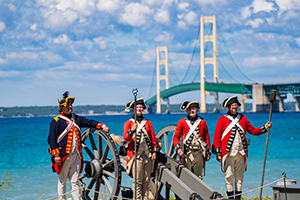The field season at Michilimackinac is over and as we dive into the winter lab work routine, there is time to reflect on what we learned this summer.
Of course the most notable find of the summer was the intact rosary 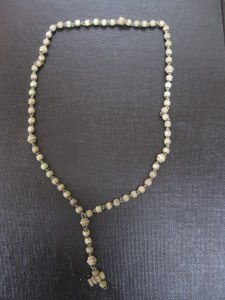 . We will devote some time this winter to trying to answer some of the questions it raised. Why does it have “extra” beads – is it a Brigittine rosary or are they for some other devotion? Was it made in France? How costly would it have been? Other questions will have to wait for further excavation next season. The rosary was found in the tenth-of-a-foot level above an as-yet-unidentified clay feature. The clay is surrounded by cobbles and a plank. It extends into an adjacent quad, which was partially excavated this summer.
. We will devote some time this winter to trying to answer some of the questions it raised. Why does it have “extra” beads – is it a Brigittine rosary or are they for some other devotion? Was it made in France? How costly would it have been? Other questions will have to wait for further excavation next season. The rosary was found in the tenth-of-a-foot level above an as-yet-unidentified clay feature. The clay is surrounded by cobbles and a plank. It extends into an adjacent quad, which was partially excavated this summer.
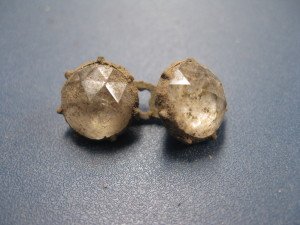
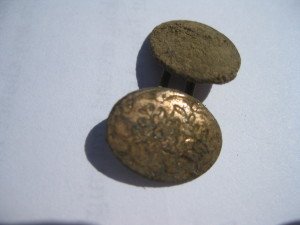 The rosary was not the only interesting artifact we found this season. We continued to find personal adornment items such as cufflinks and buckles. Other notable artifacts included a glass base
The rosary was not the only interesting artifact we found this season. We continued to find personal adornment items such as cufflinks and buckles. Other notable artifacts included a glass base 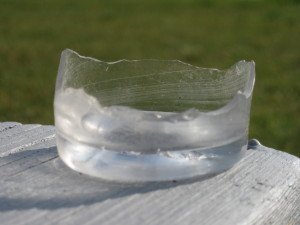 , a Jesuit ring and a broken MicMac pipe.
, a Jesuit ring and a broken MicMac pipe.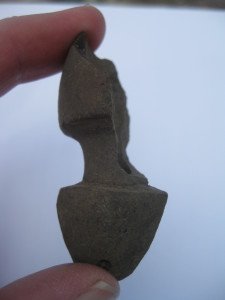
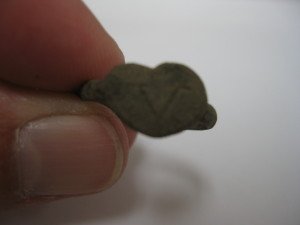 Despite their name, Jesuit rings are inexpensive brass trade goods rather than religious artifacts. MicMac pipes are stone smoking pipes with a three part bowl/neck/base form. The largest single artifact we excavated was a barrel band. It was about four feet long, and excavating it in tenth-of-a-foot levels, we had been gradually exposing it since 2013!
Despite their name, Jesuit rings are inexpensive brass trade goods rather than religious artifacts. MicMac pipes are stone smoking pipes with a three part bowl/neck/base form. The largest single artifact we excavated was a barrel band. It was about four feet long, and excavating it in tenth-of-a-foot levels, we had been gradually exposing it since 2013!
Some artifacts were interesting because of the context they were found in. Parallel rows of worked cobbles indicated the fallen remains of the fireplace. One of these cobbles crushed a pane of glass when it fell.
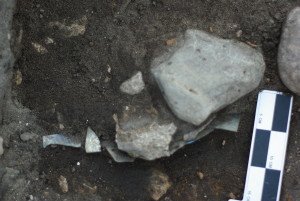 Other interesting features excavated this summer included remnants of the south wall of the house and a refuse pit in the south yard of the house.
Other interesting features excavated this summer included remnants of the south wall of the house and a refuse pit in the south yard of the house. 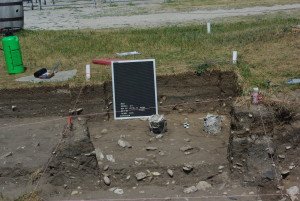 Not all of features were colonial. When opening new squares in the interior of the house, we encountered two concrete pillars from the stocks that were displayed in the fort in the 1960s.
Not all of features were colonial. When opening new squares in the interior of the house, we encountered two concrete pillars from the stocks that were displayed in the fort in the 1960s.
Over the winter all of the artifacts we excavated this summer will be cleaned, identified, counted, entered into our collections database and stored. The photos will be downloaded. The maps and records will be organized and filed. And when spring comes, we will head back out into the field to learn more about the residents of House E.


